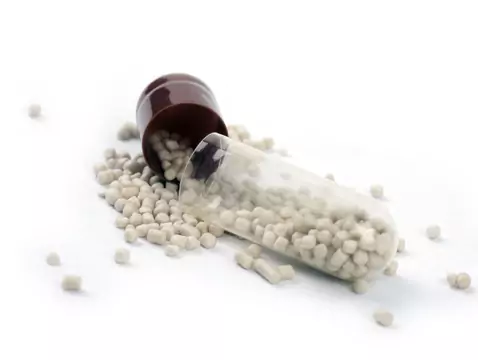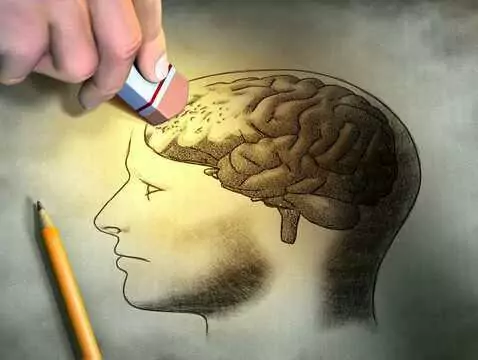For many years, the main emphasis was on short-term treatment of BPAD, focusing on the current episode of the illness. Today, the mainstay of BPAD therapy is long-term maintenance treatment.
BPAD pharmacotherapy
Many long-term treatment regimens for BPAD have been constructed. New ones are constantly being developed. They are based on mood-stabilising drugs (so-called normothymic drugs). For therapy to be effective, it is usually necessary to use several drugs in parallel. Each patient's illness requires an individual approach, but a few general principles are always worth considering:
(1) Use as few medications as possible;
(2) Give medicines in the smallest effective doses tolerated by the patient;
(3) Treat side effects.
Lithium salts
The period of most widespread use of lithium in the long-term treatment of BPAD was in the 1980s. Today, it is still extremely popular, but its importance has diminished with the introduction of anticonvulsants such as carbamazepine and valproate into the treatment and prophylaxis of BPAD, as well as the demonstrated normothymic effect of atypical antipsychotics.
Valproic acid derivatives
The anticonvulsant effect of valproate was noticed quite by accident - it was used as a substrate when testing other anticonvulsants. In the late 1960s and early 1970s, it was first reported that valproate prevented BPAD relapses. Later studies indicate the equivalence of valproate and lithium salts in their prophylactic effect in BPAD, but also that valproate is better tolerated.
Carbamazepine
Carbamazepine was synthesised in the 1950s and was introduced as an anti-epileptic drug in the early 1960s. To this day, it remains one of the primary anti-epileptic drugs. It was not until the 1980s that its anti-manic and antidepressant effects were noticed. It became the first alternative to lithium salts in Europe. Studies comparing the two drugs have shown that carbamazepine has a slightly more beneficial effect in atypical, whereas lithium has a slightly more beneficial effect in typical forms of affective disorders. Nevertheless, there is still no consensus on the role of carbamazepine in the maintenance treatment of BPAD.
Lamotrigine
Lamotrigine is also an anti-epileptic drug. Clinical experience over several years to date indicates that this drug can prevent BPAD relapses, and its antidepressant effect in BPAD depressive episodes has proved particularly beneficial.
Antipsychotics
Antipsychotic drugs are quite commonly used in the treatment of BPAD. Typical antipsychotics show a strong antimaniacal effect, but have proved less effective than lithium salts, valproate or carbamazepine in the maintenance treatment of BPAD. Furthermore, long-term treatment with typical drugs increases the risk of a depressive episode. For this reason, as well as the numerous side effects accompanying the use of typical antipsychotics, their role in BPAD maintenance treatment is limited. Atypical antipsychotics (clozapine, risperidone, olanzapine), on the other hand, can be seriously considered when planning BPAD treatment, although the appropriateness of treatment with these drugs should always be carefully considered before initiating long-term therapy.
Antidepressants
Tricyclic antidepressants are ineffective in the maintenance treatment of BPAD. The efficacy of newer antidepressants in preventing BPAD relapse has not yet been reliably investigated. However, although the efficacy of antidepressants in the long-term treatment of BPAD has still not been proven, their use is widespread.









